Pool parties, beaches, nightclubs and towering skyscrapers — for many, that’s Miami.
But the city is much more. Here, we get under the skin of the Sunshine State’s most famous metropolis, moving beyond the party scene to its vibrant neighborhoods. Each has a fascinating story to tell and each shows a side of the city that may surprise you.
There’s an art deco wonderland, a soulful Cuban enclave, and a charming neighborhood where homes borrow architectural styles from around the world.
Look closer and you’ll find one of the world’s largest open-air art galleries, a leafy neighborhood that resembles a jungle village, and island mansions owned by the rich, famous and infamous.
1. Art Deco Historic District – stunning architectural splendor
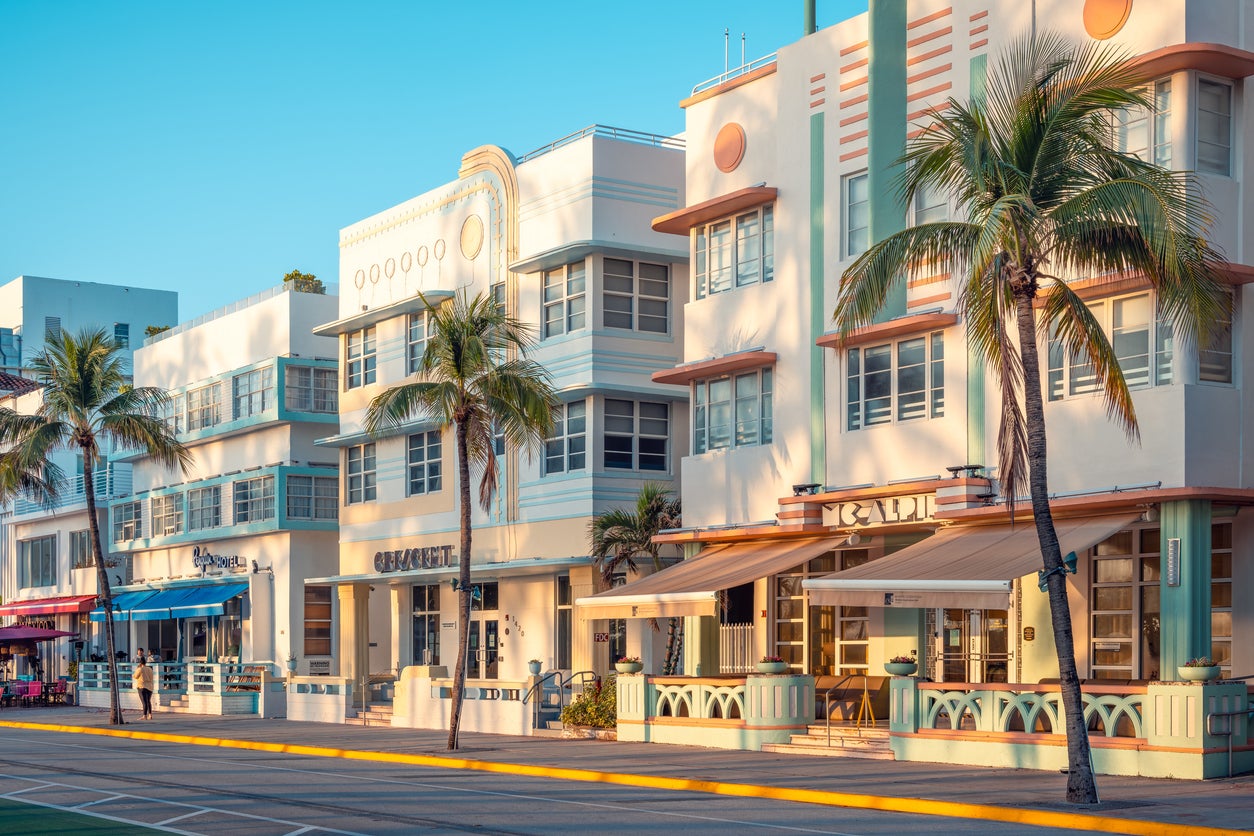
In Miami Beach’s Art Deco Historic District, some 800 preserved Art Deco buildings are packed into one walkable, scenic square mile.
Is there anywhere else in the world with so much architectural splendor in one place? Walking through the area is like wandering through an open-air Art Deco museum, showcasing the efforts of more than 100 architects—including such visionaries as Henry Hohhauser, L. Murray Dixon, and Albert Ennis.
The style flourished between the 1920s and ’40s—though the term “Art Deco” wasn’t actually coined until the 1960s—and its charming signature features abound in the downtown district, which includes Ocean Drive, Collins Avenue, and Washington Avenue.
Stroll through these passageways and you’ll be enveloped in a wondrous vision of pastel colors, chrome accents, shiny terracotta floors and Egyptian motifs (Egypt erupted in design circles when King Tut’s tomb was discovered in 1922).
Many of the buildings have classic Art Deco features such as faces, with “eyebrows” over windows and entrances that form “openings”.
You will also notice the absence of skyscrapers. Many buildings were built during the Depression, and tall structures were obviously more expensive. There was also a city ordinance that required elevators for any structure over three stories, so heights were limited to save money.
Top Art Deco landmarks include the US Post Office (1937) and the Fillmore Miami Beach at the Jackie Gleason Theater (1940) on Washington Avenue. Miami Beach City Hall (1927) on Convention Center Drive; and the Lincoln Theater (1936) on Lincoln Road. A trip to the beach-friendly Andaz Miami on Collins Avenue is also well worth it. It is housed in a 1930s Art Deco building, with an interior that pays homage to the exterior.
For a deeper dive, visit the Art Deco Museum on Ocean Drive, the starting point for walking tours by the Miami Design Preservation League.
Read more: Best rewards that cover your admission to the top 6 US theme parks (including Disney and Universal).
2. Coral Gables and its whimsically themed “villages.”

The garden suburb of Coral Gables, southwest of downtown Miami, is a world apart from the bustling city.
In this hidden oasis, oaks, banyans, palms and mahogany form tree tunnels along residential boulevards, where fountains and plazas add to the peaceful atmosphere.
It’s an incredibly relaxing place to spend time, just as its creator, visionary developer George E. Merrick, intended.
He designed the neighborhood in the early 1920s, intending to turn 3,000 acres of his family’s citrus groves into a “beautiful city.”
Greenery was the main theme of Merrick’s landscape, while his passion for architecture in other parts of the world inspired several unique “villages”.
The houses on Santa Maria Avenue, with their tall white columns and two-story porticos, form a Greek-style “Pioneer Village,” while the “French Normandy Village” can be found on LeJeune Road and the 400 block of Vizcaya Avenue. Here, properties have wooden exteriors that take you back in time to 15th century France.
There is also an Italian Village on the streets of Montserrat, Palmarito and Altara. South African Dutch Village at LeJeune Road, Riviera Drive and Maya Street. And even a bright red Chinatown on Riviera Drive and Menendez, Castania, Maggiore and Sansovino streets.
Further exploration reveals a stunning outdoor Venetian pool set in a quarry (it’s one of the few pools on the National Register of Historic Places), the magnificent Biltmore Hotel, and in the pedestrian-only Giralda Plaza, an enticing array of boutiques and restaurants.
Read more: Forget Route 66: Five Under-the-Radar Road Trips That Reach America’s Heartland
3. Little Havana – a slice of Cuba in the heart of the city
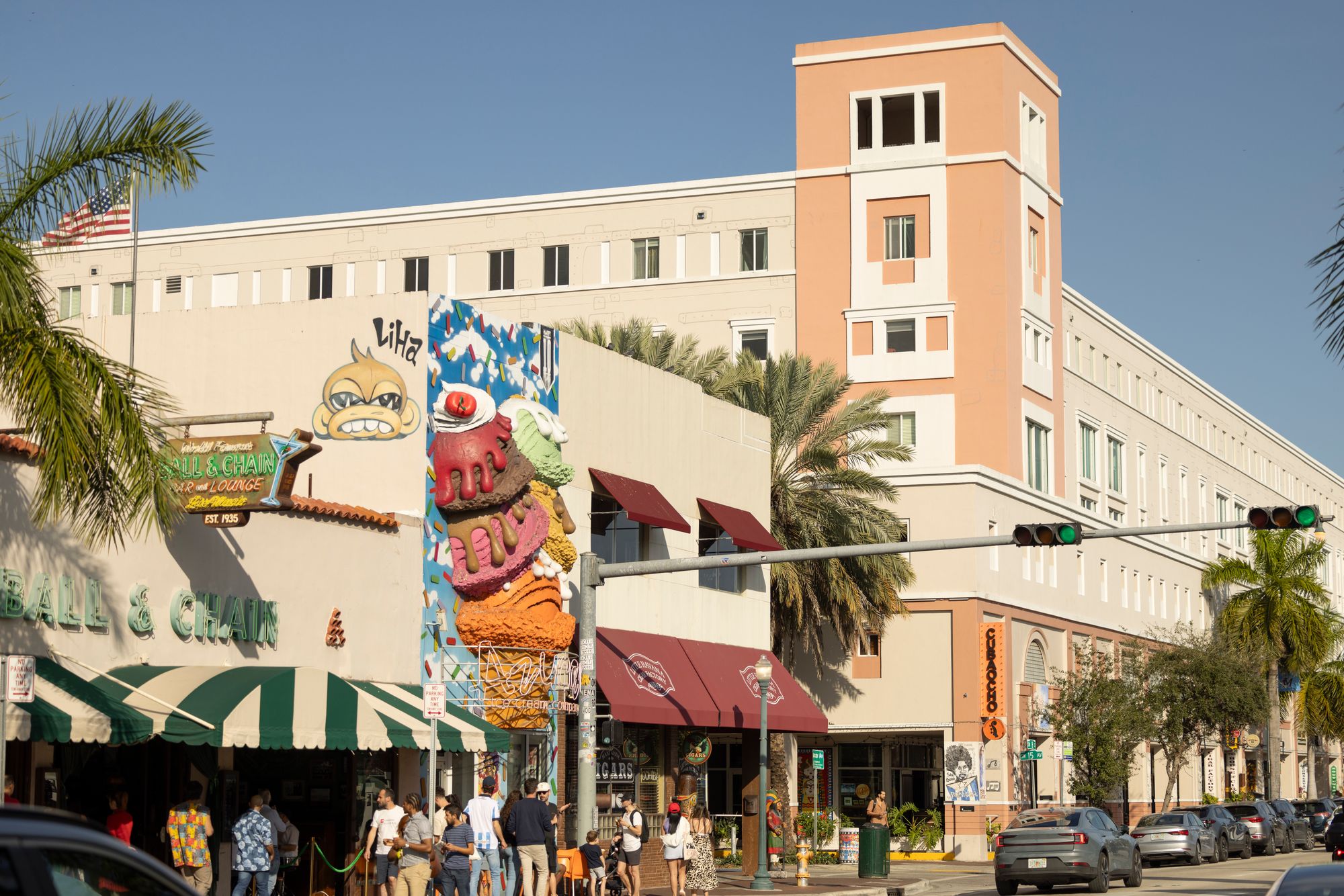
Travel to Little Havana and you can experience a piece of Cuba.
This vibrant neighborhood is a living tapestry of Cuban heritage – and there’s plenty to see.
Your first port of call? On Calle Ocho, the main thoroughfare, stop for a sweet Cuban coffee at the Havana-style streetside window of Versaille Restaurant (orVentanita). Then watch older Cubans play dominoes at Maximo Gómez Park, known locally as Domino Park—a place you may recognize from its popularity in the 1980s. Vice President of Miami TV series, where he appeared in several stabilizing shots.
A few meters west, enter Tobacco Tobacco Co., where you can watch a master roller at work and pick up quality cigars (for the uninitiated: the darker the wrapper, the stronger the smoke).
When the hunger strike strikes, head back to Versailles for classic Cuban fare, from black beans and rice to hearty beef, chicken, and pork sandwiches. For a more nostalgic setting, Old’s Havana serves up classic dishes amid vintage 1950s decor—and serves one of the best mojitos in town.
Fancy making a night of it? Ball & China is a legendary bar in Little Havana that has been a hub for cocktails, live music and dancing since 1935—it even has its own line of merchandise.
Read more: Euro Trip Without Leaving America: Seven US Cities That Are Just Like European Places
4. Wayne Wood – A giant outdoor art gallery
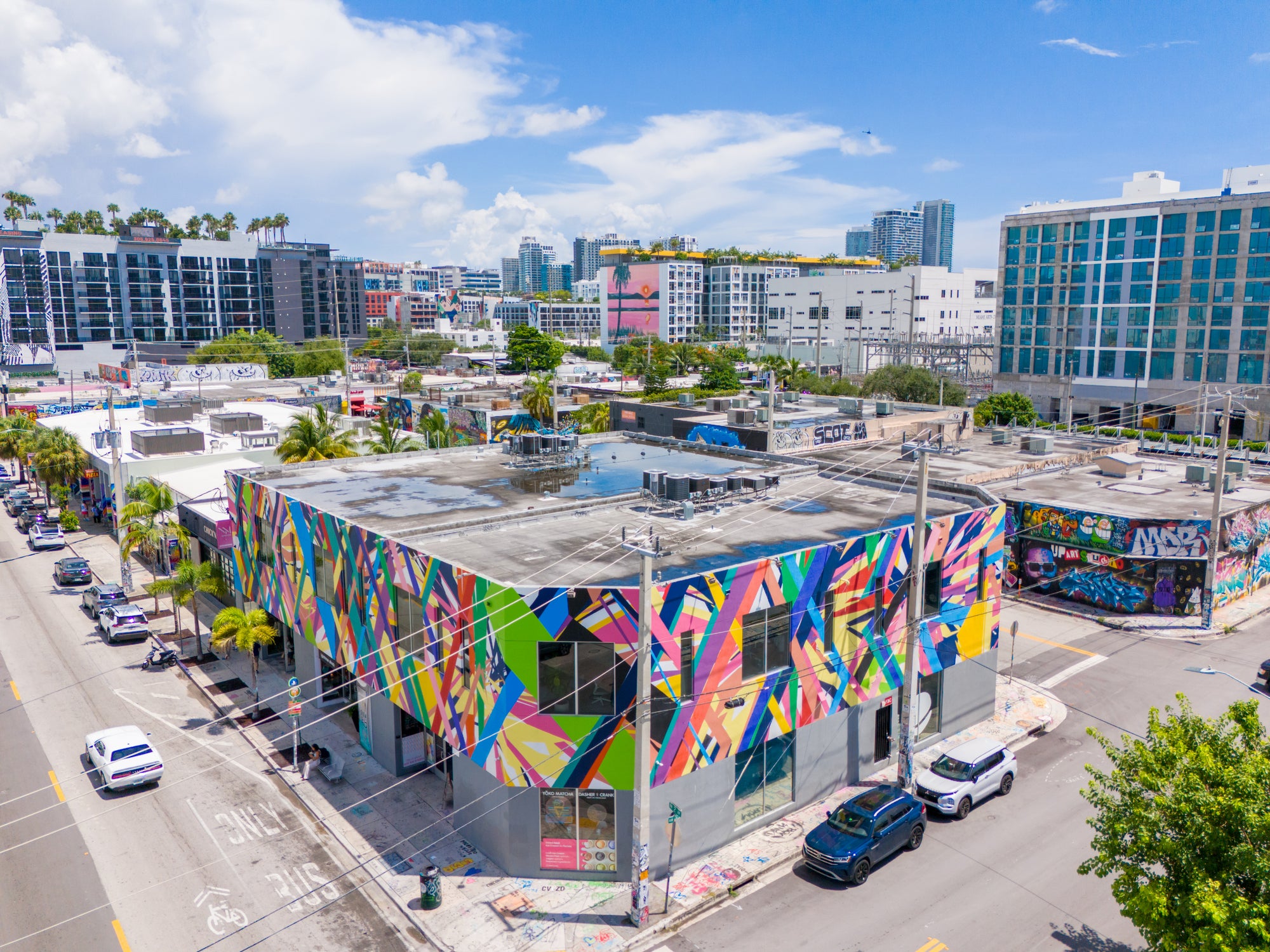
Many of Wynwood’s warehouse walls have long attracted graffiti artists, but their work was illegal before the early 2000s.
However, developer Tony Goldman saw the area’s potential and began making deals between building owners and artists, allowing them to legally paint to their heart’s content.
The result? A giant outdoor art gallery and a centerpiece called the Wynwood Walls, which boasts some of the world’s best murals.
Street art is freely applied throughout the area and can be enjoyed for free, but Wynwood Walls is the ticketed focal point, featuring a rotating collection of murals and sculptures by more than 120 artists from more than 25 countries.
Top returning artists include Mantra, originally from France. Jessie Unterhalter and Katie Theron. and Miami’s own Ernesto Marange, a former member of the US Coast Guard who discovered a gift for painting wildlife scenes.
Elsewhere in this pedestrian-friendly cultural oasis, you’ll find outstanding food (Bacán Bacal for those Mexican flavors you’ll love) and top-notch bars (try the Mezcal Penicillin cocktail, made with scotch, ginger, honey and lime).
Read more: The best and worst cities in America for pedestrians and cyclists were announced
5. Coconut Grove – forest by the sea
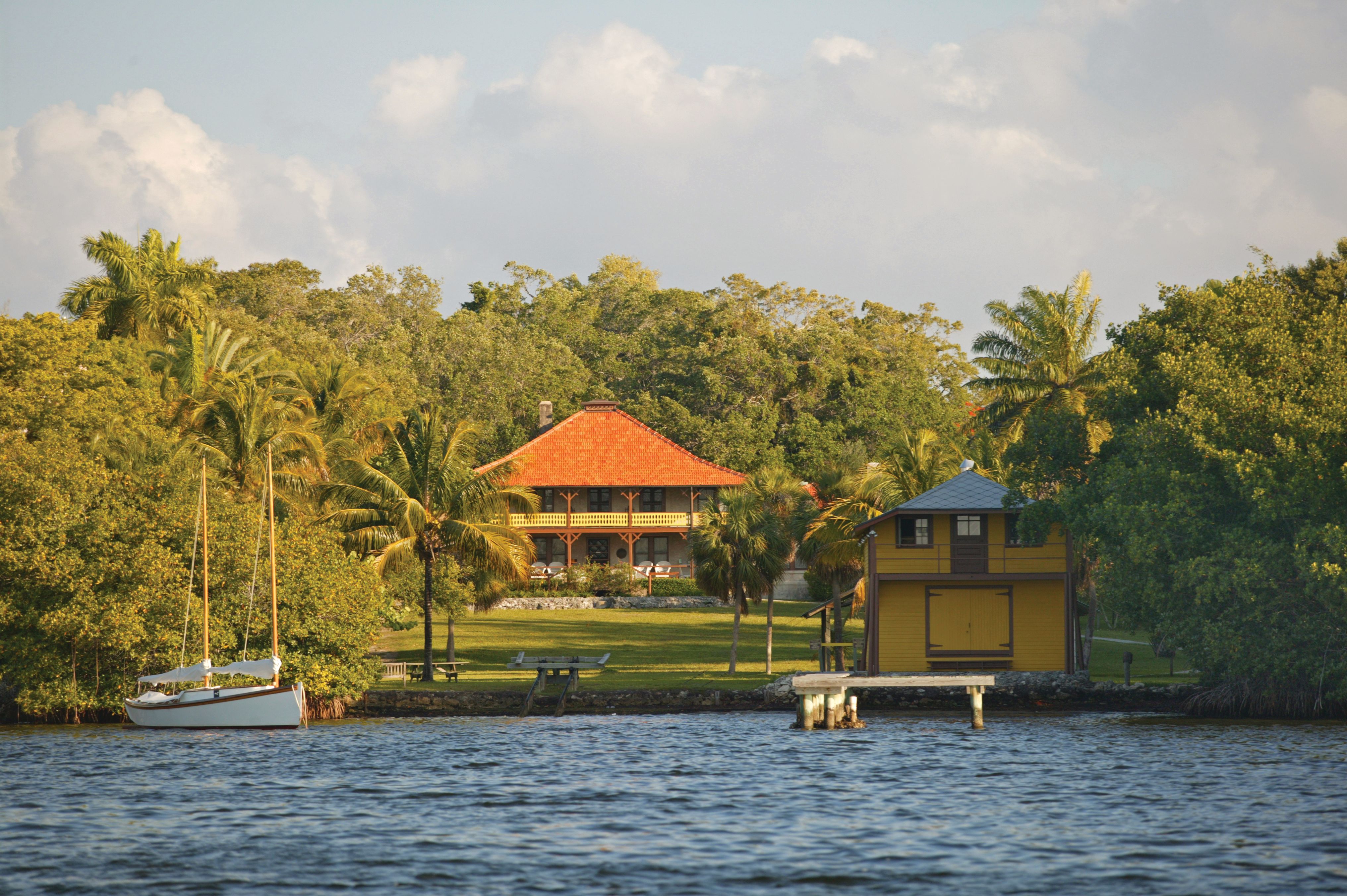
Creating Miami’s oldest neighborhood, Coconut Grove, on Biscayne Bay, took some effort.
When settlers arrived in the 1870s, the vegetation was so dense that they had to hack it with machetes.
After thousands of coconuts washed ashore from a shipwreck, they planted palm trees that gave the area its name.
Those early settlers probably still know their home, a dreamily overgrown place that looks more like a tropical island village in the jungle than an urban neighborhood.
Tangled banyan trees, suffocating figs, oak trees and the same coconut palms weave so densely around the buildings that it is actually a few degrees cooler here than downtown.
You’ll even see exotic creatures roaming the semi-wild area, including parrots and giant iguanas.
Top attractions include Barnacle State Historic Park, Barnacle Lodge, home of sailor and naturalist Ralph Middleton Monroe in 1891, one of the area’s founding figures. There are also countless shopping and dining options, including two Michelin-starred restaurants – Los Félix and Ariete – while CocoWalk is a luxurious open-air hub of boutiques and eateries that is a destination in itself.
The Coconut is also home to Miami City Hall, located in the former Pan American Airways seaplane terminal – a throwback to the flying boat days of the 1930s.
Read more: Meet the luxury travel “fixer” whose contacts with affluent clients have made him a social media star.
6. Famous islands
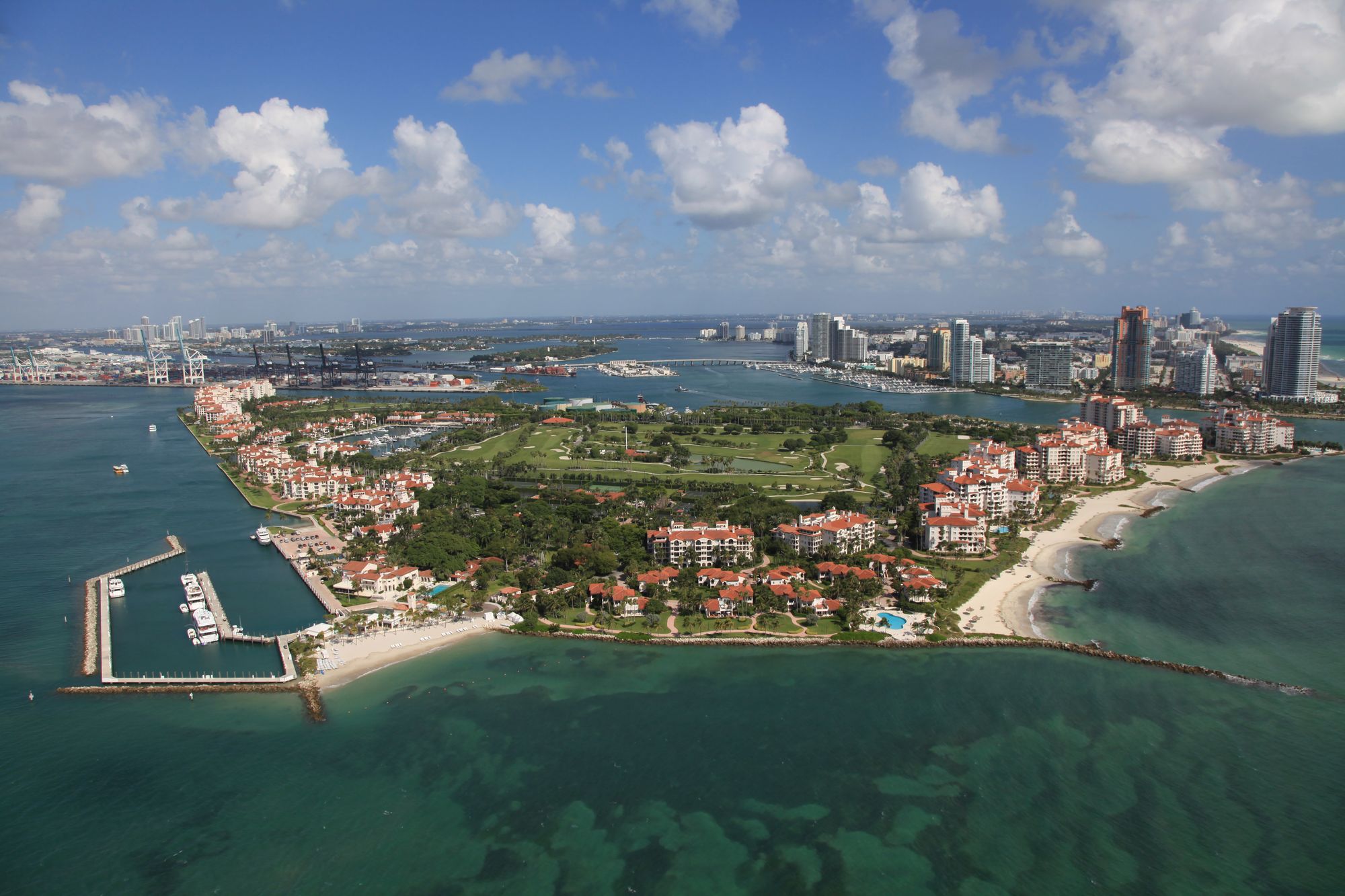
Most of Miami’s charming neighborhoods are walkable and easily accessible by car or public transportation.
But taking to the water is the only way to get a proper look at the most exclusive areas—the gated island retreats of the rich and famous on Biscayne Bay.
Embark on an exciting Miami speedboat adventure and glimpse their luxurious waterfront retreats in thrilling style. On a large powerboat, you’ll zip past Star, Hibiscus, Palm, and Fisher Islands, associated with famous names past and present.
Star Island is home to mansions said to have belonged to Gloria Stephens, Shaquille O’Neal and Sean “Diddy” Combs, while Hibiscus Island was once home to a glamorous Latin Quarter nightclub frequented by Frank Sinatra, Dean Martin and Sammy Davis Jr.
The boat passes Al Capone’s restored 1920s mansion on the Isle of Palms and sails through the turquoise waters next to the most exclusive island of them all – Fisher, accessible only by private boat or ferry reserved for residents and their guests. Former residents include Oprah Winfrey and Boris Becker.
Whether you’re tempted by celebrity dens or not, it’s an exciting way to see Miami at its most decadent.
Ted visited Miami as a British Airways holiday guest.
British Airways is offering a three-night holiday at the Andaz Miami Beach by Hyatt from £1,299 + $95 resort fee (payable locally) on selected dates between 1-31 May 2026 inclusive of travel. visit britishairways.com.
Read more: Twenty-two incredible free things to do and see in New York City, from beaches to secret gardens







